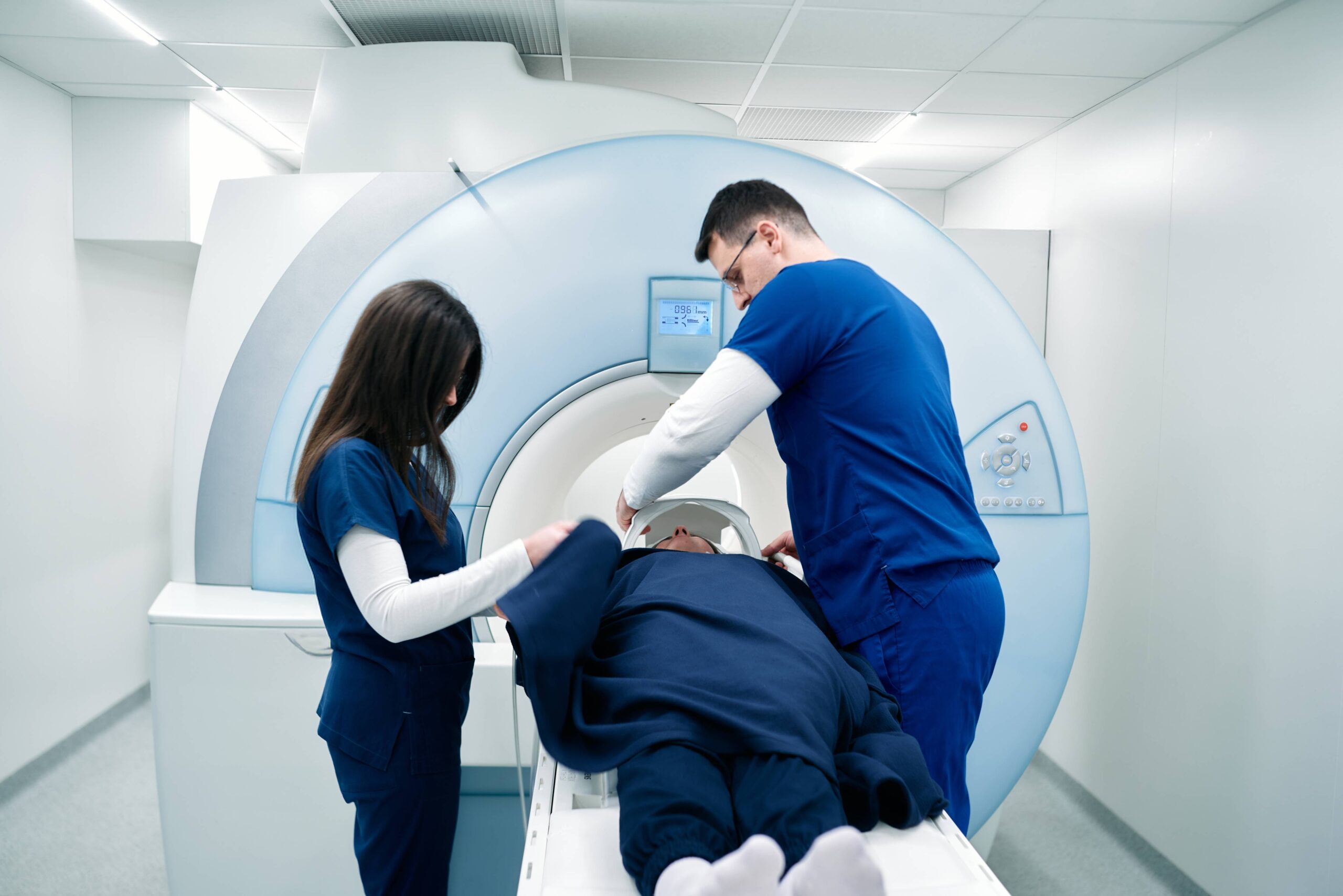Looking Back at How Far We’ve Come
When I think back to my early days in radiology, I remember bulky machines, films we had to hold up to the light, and a pace that felt far more mechanical than medical. We were doing the best we could with what we had, but even then, it was clear that the tools of our trade would evolve—and that evolution would shape the future of patient care.
Fast forward to today, and it’s a different world. The leaps we’ve made in imaging technology are not just impressive—they’re life-changing. What once took days can now happen in minutes. What once appeared murky on a scan is now crystal clear. And the difference this makes in patient outcomes is no longer theoretical—it’s measurable, it’s real, and it’s something I see every single day.
Why Better Imaging Matters
At its core, radiology is about answering a question: What’s going on inside the body, and what should we do next? The better our tools, the more confidently we can answer that question.
Whether it’s detecting a tiny tumor that might have gone unnoticed just a few years ago, or measuring subtle changes in joint inflammation that guide treatment decisions, advanced imaging lets us see more—and see it sooner. That means earlier interventions, fewer missed diagnoses, and more tailored care for every patient who walks through the door.
To me, that’s the heart of what makes this work so meaningful. We’re not just reading images. We’re making decisions that could shape someone’s life, and we need the most accurate picture possible to do that well.
From Clarity to Confidence
One of the biggest shifts I’ve seen is the level of detail we can now achieve. High-resolution MRI, low-dose CT, advanced ultrasound—these tools give us incredibly nuanced views of the body, often revealing conditions in their earliest stages.
This is particularly crucial in specialties like musculoskeletal radiology, which I focused on during my fellowship. In those cases, precision isn’t optional—it’s essential. Whether we’re looking at a complex sports injury, a subtle stress fracture, or early degenerative changes in the spine, the ability to capture detailed, dynamic images changes how we diagnose and how we treat.
And it’s not just about finding the problem. These tools help us rule things out with greater certainty, too. That kind of confidence is just as important—it prevents unnecessary procedures, avoids missteps, and gives patients the peace of mind they need.
Speed Without Sacrificing Quality
There was a time when better images meant longer scan times. Patients had to sit still for what felt like forever. Today, many of our imaging systems are both faster and more powerful. We can complete comprehensive scans in a fraction of the time—and still deliver images with exceptional clarity.
That speed matters, especially in emergency settings. When a patient comes in with stroke symptoms or trauma, every second counts. Faster imaging can be the difference between timely treatment and long-term complications. But even outside the ER, quicker scans mean more patients can get the care they need without long waits, which is something we always strive to improve.
It’s About the Patient
Sometimes, people assume that radiology is a field that’s more about machines than people. That couldn’t be further from the truth.
Every image we capture represents a real person who’s looking for answers. It’s a young athlete trying to understand an injury, a parent facing a potential cancer diagnosis, a grandparent with unexplained pain. They’re counting on us—not just to find what’s wrong, but to help chart the best path forward.
Advanced imaging technology helps us do that better. And not just in terms of accuracy. Many of the latest systems are also designed to be more comfortable, quieter, and less intimidating for patients. We can scan young children without sedation in many cases now. We can reduce radiation exposure while still capturing what we need. These details matter. They show respect for the patient and reflect a deeper commitment to doing this work the right way.
The Future is Clearer Than Ever
As much progress as we’ve made, I believe we’re still just scratching the surface of what’s possible. Every year brings new enhancements—faster processing, sharper images, better contrast, improved workflows. As someone who’s always looking for ways to improve both care and efficiency, that excites me.
But I also know that the technology is only part of the equation. It’s how we use it—how we train, how we communicate, how we keep the focus on the patient—that truly defines our success. That’s something I emphasize constantly in my work with The Radiology Group. Tools are tools, but people deliver the care.
Final Thoughts
I often tell our team that in radiology, we have a front-row seat to some of the most important moments in a patient’s healthcare journey. We can’t afford to get those moments wrong. With today’s imaging technologies, we’re more prepared than ever to get them right.
Seeing clearly—both literally and professionally—is what allows us to provide the care our patients deserve. And as I look ahead, I’m grateful to be part of a field that continues to grow, evolve, and rise to meet that challenge.
